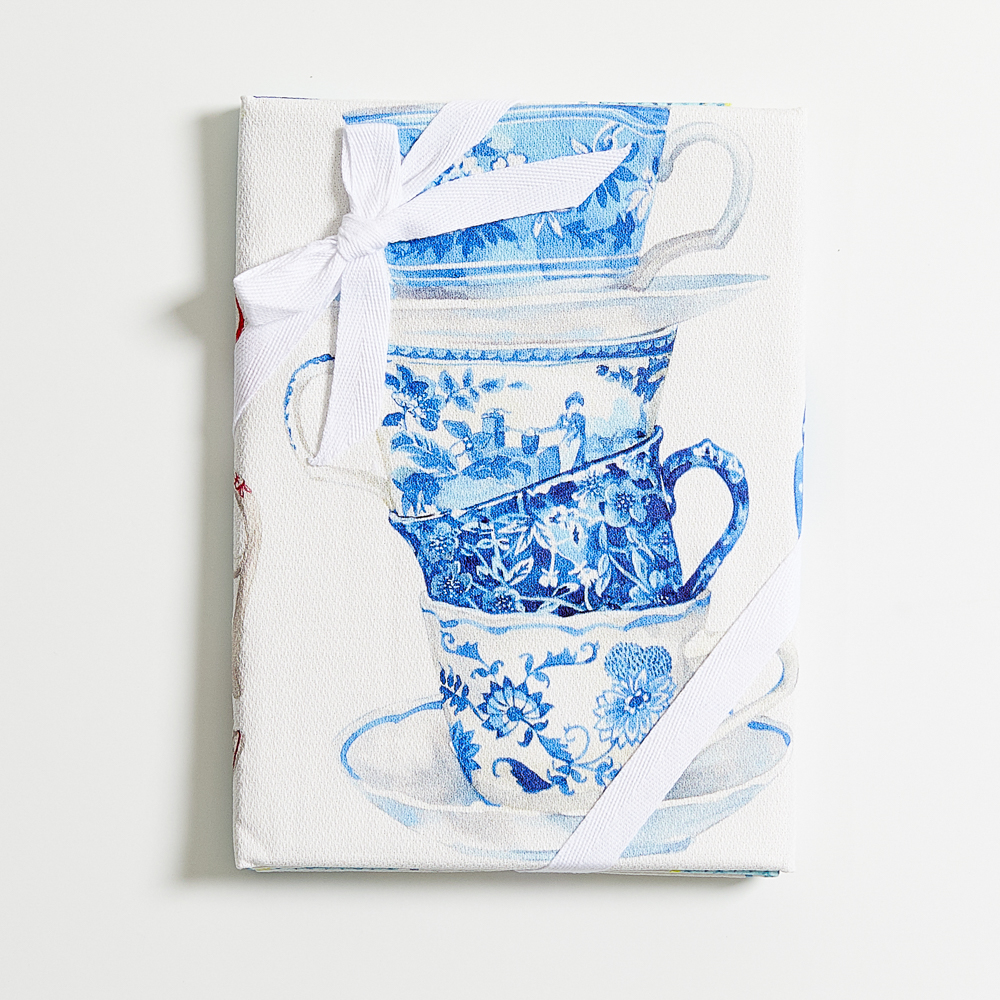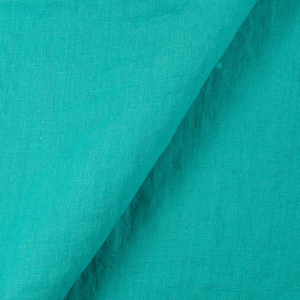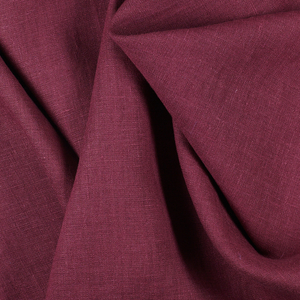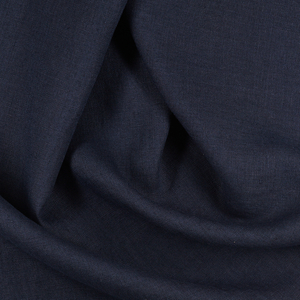Linen in Ancient Egypt
By Masha Karpushina
To freely explore the oceans of the past, tell the story of vast forgotten cultures, filter the richness of ancient knowledge through my own vision, to introduce myself to intricate delicacies of historical detail, which on any other occasion would have remained closed- feels tempting. By all means, bear with me, as we are going to be taken on this ride for the first time together. I am not a professional writer, nor am I a journalist. Who am I? I think you will be the judge of that. At this point I will expose myself to your highest degree of criticism and if I am in luck- I will continue, if not- I cannot say I will regret the experience.
Between the years of 10,000 to 6000BC, the Sahara was nurturing quite a different landscape to what we would expect to see today. During the wet phase that existed at the time, the desert was transformed into a lush environment of juniper and pine woodlands divided by streaks of flowing rivers, the most essential of which, was of course the Nile. Emanating from the lands of Sudan, the river flowed north through Upper Egypt, the city of Cairo, and up towards Lower Egypt, finally emptying itself into the Mediterranean Sea.
Towards 4000BC a new civilization set it’s foot on the fair banks of Nile. Unlike other nations, Egyptians brought a very structured and strong hierarchy with them, with Pharaoh (the living God) at the head. In 1567BC, Ahmosis founded the Eighteenth Dynasty, and with the sophistication of their governing system, Pharaonic culture started to flower allowing Egypt to become the ultimate word power. Battles were won against the neighboring countries, a cultural cross-fertilization started to take place as artisans and intellectuals of the time nurtured their knowledge and skills into Egypt. The doors were open.
Now, according to Herodotus, Egyptians were very keen on hygiene, he wrote: “They wore garments of linen fresh washed, taking singular care to have them always clean for, they esteem cleanness more than ornaments”. Unlike the Sumerians, who were allowed to wear skins, and wool, Egyptians preferred woven vegetable fibers, such as linen, for it could be woven extremely finely, creating a light and cool fabric, perfect for the climate. In the early days these were generally palm fibers, but as the Egyptian?s irrigation and agricultural system as well as their methods improved, flax came into the production of linen, bringing along a virtual exclusion of all other materials. The fabric was worn white, by religious significance, and was easy to handle in terms of laundry, making it a common ideal.
Although clothes were a status symbol, costumes for both sexes were minimal, in fact at the beginning of the dynastic periods children and slaves went around naked. The oldest male garment recorded is a simple loin cloth- “Schenti”, which consisted of a single strip of linen wrapped around the hips. This particular garment was adopted by all classes, although higher aristocrats preferred finer pleaded fabric. There were various ways of folding this material, the most common being that employed by India and some parts of Africa, where the material would be passed diagonally across the hips with one end tucked in at the waist and the other hanging free at the front, accompanied by a bare torso regardless of class.
With the reign of Thoutmosis IV (1425- 1405BC) Schenti was generally abandoned in favour of a skirt, made of a single triangle of linen, the length of which could vary from mid-thigh to calf. The simplest form was drawn tight across the back and gathered in a single box pleat at the front. Again, the high born percentage of the population took a step ahead, designing a more elaborate look where the surplus material was gathered at the waist and a series of carefully arranged pleats fanned out into a perfect set. A wedge-shaped apron was suspended from a decorative belt embroidered and set with precious stones, to hold the whole arrangement in place.
A further example of clothing was a Sleeved Tunic, resembling a short-sleeved night- shirt, the garment allowed a variety of length ranging from knee to ankle knee. In case of a Pharaoh, the fabric was woven so finely that it was vast transparent and therefore needed an under layer in the form of a Shenti to accompany the look. It was finished off with an elegant apron.
From the Sixteenth Dynasty, princes wore a large transparent veil of material, which was draped around the body and knotted once at the neck. Elaborate folds at shoulders and around the hips gave an impression of a cloak, a Tunic with sleeves and a short kilt.
The Robe, the royal Haik, was also worn by masters of power, and it is thought to be one of the few garments adapted from a different civilization, Asia Minor in this case. The Robe was made of a single triangle of linen twice the height of the wearer, folded with the assumption for a slit cut for the head, the edges were sewn from hem to the waist. The fullness of material formed voluptuous sleeves the shirt section gathered at the waist in a knot.
Women’s clothing is portrayed in many tomb painting though differentiating very little from the male fashion, only with the tendency to emphasize scantiness- to veil the body rather than conceal it. The slaves and dancers were either naked or wore simple a wrap around a linen skirt gathered at the waist with a cord. Older women wore the same simple skirts, supplemented by a cape to cover their shoulders and upper part of the breasts. Breasts were normally revealed with the main material gathered just below, reaching either as far as the ankles or mid-thigh.
Egyptians seemed to be more occupied with their social structure and architectural monuments rather than their everyday fashions, therefore limiting eloquence of designs, although it is possible to use these simplistic ideas in order to elaborate on modern fashion. The best ideas come from within simplicity.


















































One Comment
Ashraf Al Shafaki
It’s interesting to read about how linen was used in Ancient Egypt. As an Egyptian myself living in Egypt, I know that linen is still being used by many Egyptians, specially the poorer classes, perhaps not in the same way as the Ancients but still linen has a place in today’s Egypt.
I liked reading this article. I was yearning for a photo or two of what was described in it though. Nice work.